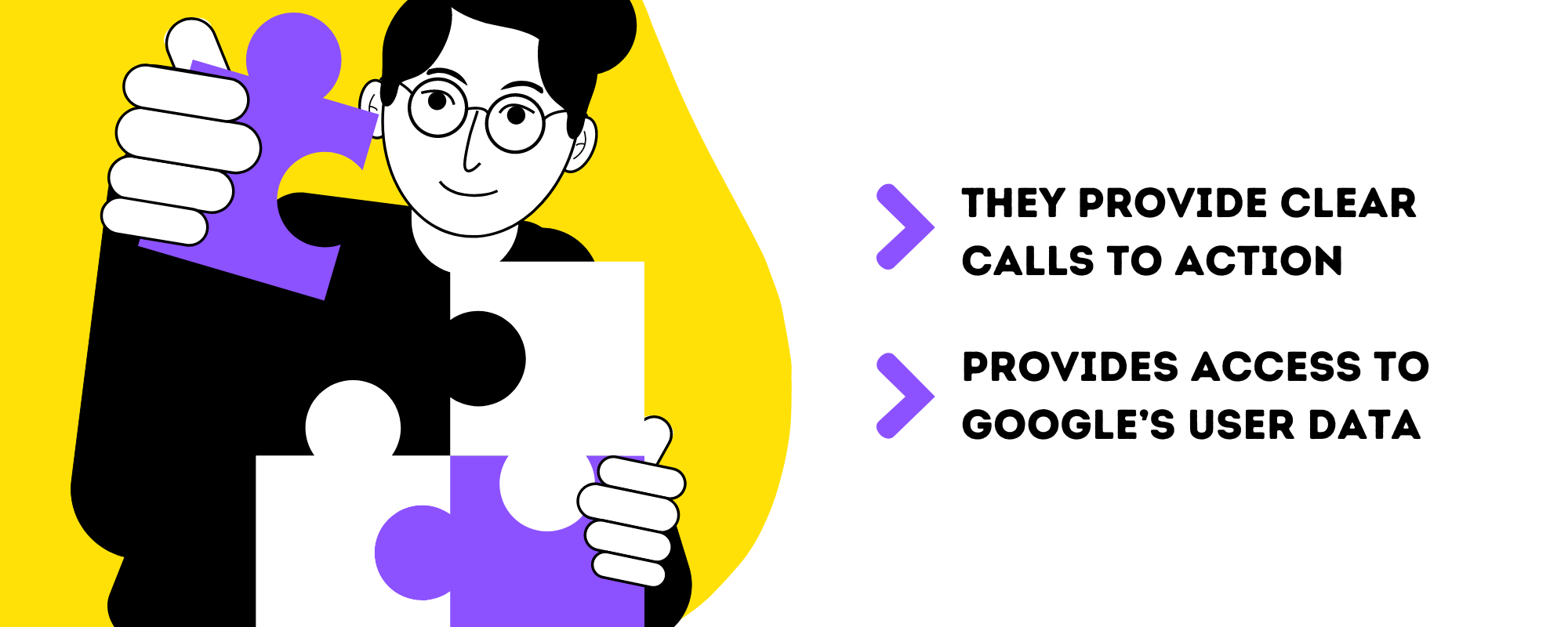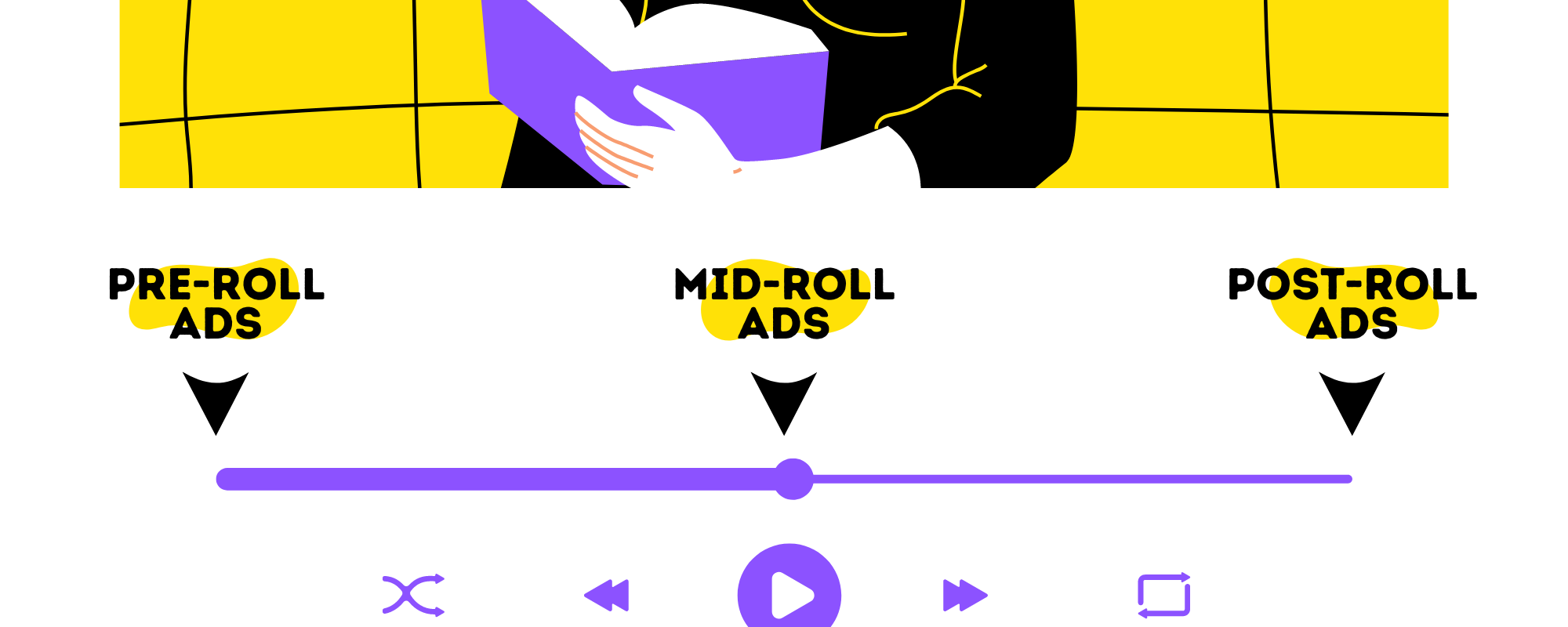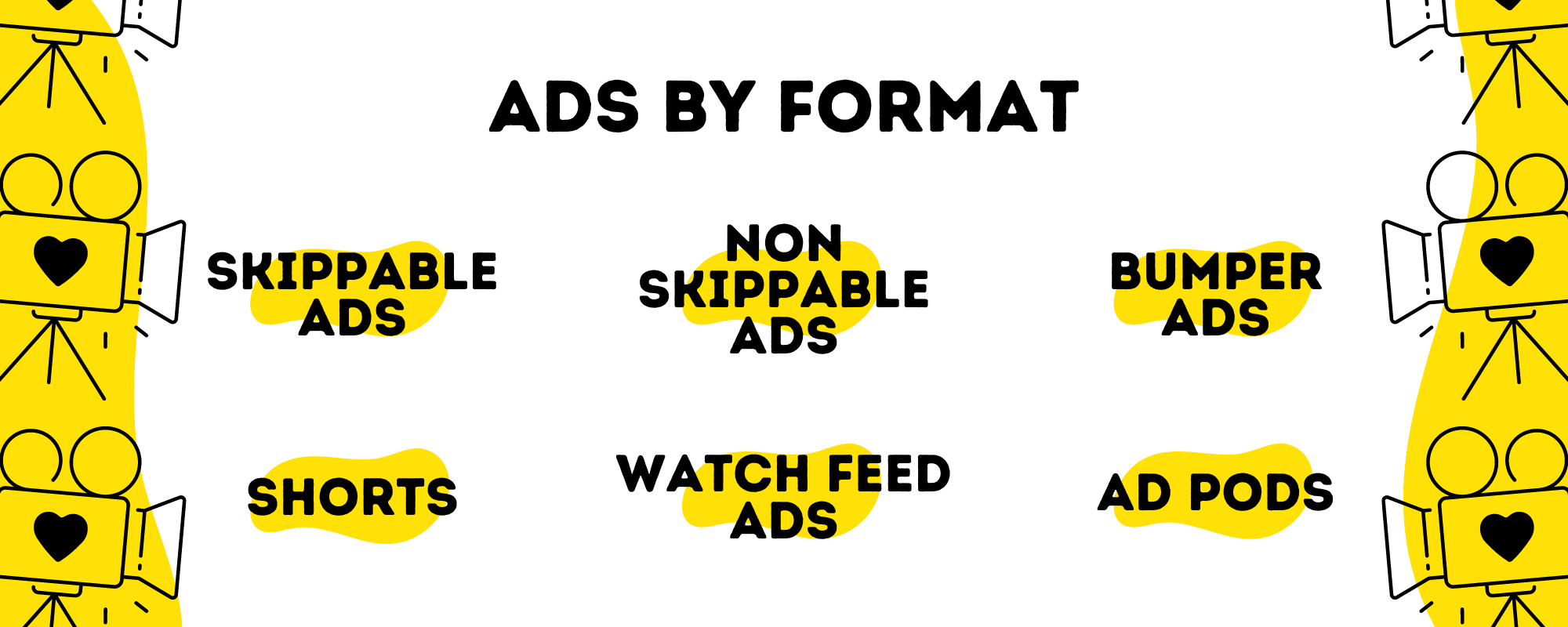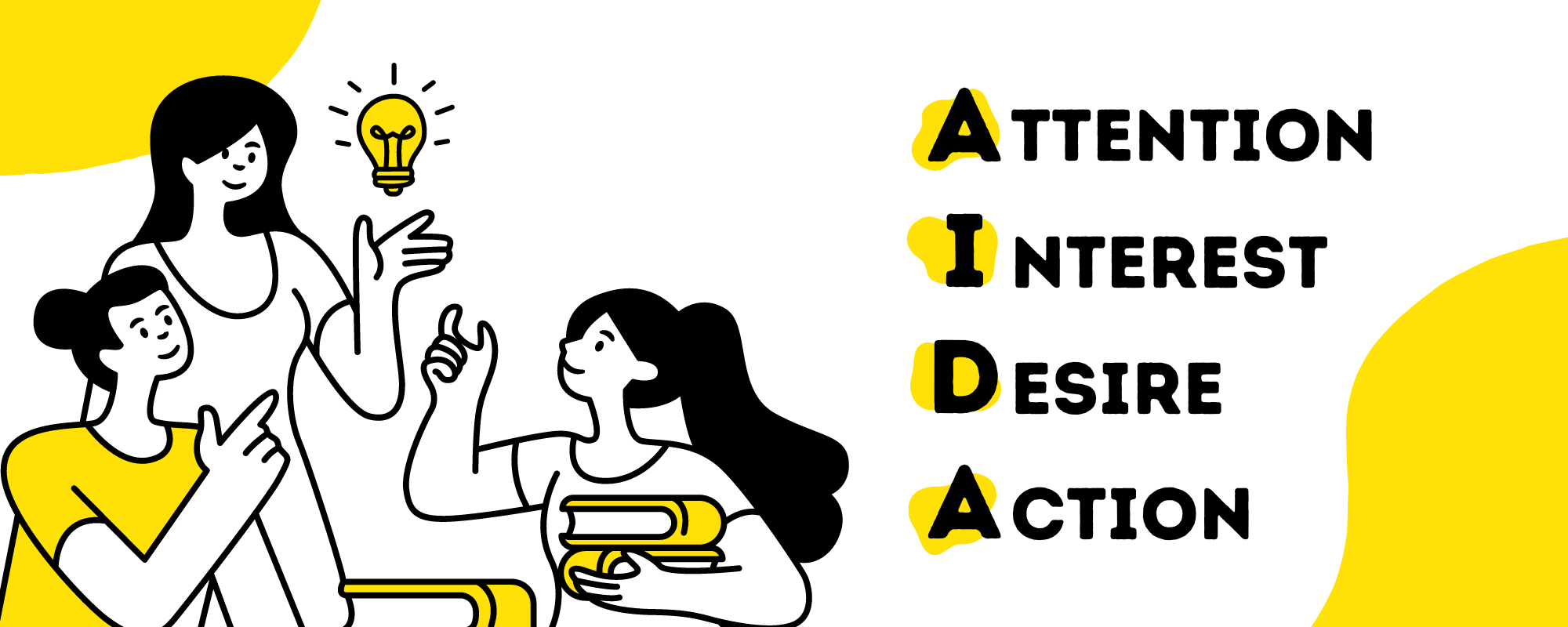
Creating Engaging YouTube Ads for Brand Impact
CATEGORIES
Tags
24/7 analytics australia automation Business Process Outsourcing company Copywriting CRM customer support data data and analytics Delegate digital digital advertising digital marketing Digital Support Staff ecommerce Email Management Email Marketing Entrepreneur Freelance Writers google ads graphic design Hiring Freelancers Marketing offshore offshoring ominchannel support organizer outsource Outsourcing Philippines Project management reporting seo seo audit Shopify Small Business social media Social media experts social media management United States video Virtual Assistant Virtual Team
To this day, YouTube is the undisputed powerhouse of online video content. TikTok is catching up, but YouTube still has over a billion hours of video watched daily and a diverse global user base. YouTube offers brands an unparalleled platform to showcase their message, forge emotional connections, and drive meaningful engagement. Harnessing the unique capabilities of YouTube advertising, brands can craft compelling narratives, leverage targeted audience segmentation, and harness the power of visual storytelling to resonate with viewers on a profound level.
This article delves into the art of creating captivating YouTube ads that not only capture attention but also leave a lasting impact on audiences, fostering brand loyalty and driving tangible results.
How does YouTube ads help a brand?
They provide clear calls to action: This helps drive user engagement and brand interaction. Whether it’s encouraging viewers to visit a website, subscribe to a channel, or make a purchase, YouTube ads help consumers along the path of conversion, translating viewership into tangible actions that contribute to brand objectives.
Access to Google’s user data: YouTube has an estimated more than 2.70 billion active users in 2024 alone. Since YouTube is a part of Google, brands gain access to vast user data, allowing for precise targeting. This ensures ads reach the most relevant audiences, maximizing impact.
What are the different types of YouTube ads?
YouTube ads can be classified according to two categories: by length and by format.
YouTube ads by length include:
Pre-roll ads: These are advertisements that play before the video starts. They automatically added to new long-form videos—that is, videos that are a minimum of 5 minutes long. Pre-roll ads serve as an effective way to capture viewers’ attention right from the start.
Mid-roll ads: Positioned strategically within longer videos, mid-roll ads offer advertisers an opportunity to engage with viewers during natural breaks in the content. These ads are inserted into videos that exceed a certain duration, often around 8 minutes, and can be manually or automatically placed by the content creator. They provide a chance for advertisers to maintain momentum and keep viewers interested throughout their video-watching experience.
Post-roll ads: While less common, post-roll ads make their appearance after the main video content has concluded. Like pre-roll ads, these are automatically added to new long-form videos and provide advertisers with a final opportunity to convey their message to viewers.
YouTube ads by format include:
Skippable ads: As the name suggests, skippable ads allow viewers to skip the advertisement after the initial 5 seconds. These ads, typically longer in duration, are automatically categorized as pre-roll ads. While viewers have the option to skip, advertisers must craft engaging content to captivate their audience within those critical first few seconds.
Non-skippable ads: Unlike skippable ads, non-skippable ads require viewers to watch the entire duration before proceeding to the main video. These ads are usually between 15 to 20 seconds long and are automatically designated as pre-roll ads. While they guarantee full exposure to the advertisement, there’s a balance to strike in ensuring they don’t disrupt the viewer’s experience.
Bumper ads: Designed for brevity, bumper ads are succinct, non-skippable advertisements lasting around 6 seconds. They are automatically activated when either skippable or non-skippable ads are enabled, providing advertisers with a concise yet impactful platform to convey their message.
Shorts: Shorts are immediately swipeable video or image ads that offer a quick and engaging way to capture viewers’ attention. With the rise of short-form content consumption, these ads provide advertisers with a platform to deliver concise and compelling messages in a rapidly evolving digital landscape.
Watch feed ads: Positioned outside the video player, watch feed ads seamlessly integrate into the feed of recommended videos. Unlike ads within the video itself, these ads cannot be controlled through YouTube Studio, offering advertisers an alternative avenue to reach their target audience.
Ad pods: Ad pods revolutionize the advertising experience for viewers of longer content by minimizing interruptions. These back-to-back video ads, enabled for long-form content, aim to enhance the viewer experience by reducing breaks between content segments, ultimately providing advertisers with a more engaged audience.
Best practices and tips
With billions of users consuming video content daily, mastering the art of video advertising on YouTube is essential for businesses aiming to reach their target audience effectively.
Follow the AIDA model
AIDA—which stands for Attention, Interest, Desire, and Action—is a tried and tested method for customer conversion.
Attention: Attention spans are limited, so go for concise ads that deliver your message effectively within the first few seconds. Use a compelling hook or intriguing question to pique curiosity and encourage viewers to keep watching.
Some other attention-grabbing techniques brands can try include unexpected visuals, humor, or celebrity endorsements. For example, Geico’s “Unskippable” ad campaign cleverly utilized the first five seconds of their ads to engage viewers with absurd scenarios, compelling them to watch till the end.
Incorporating dynamic storytelling elements, like a cliffhanger or a mystery, can also entice viewers to stay tuned for the resolution, as seen in Nike’s “Dream Crazy” ad featuring Colin Kaepernick, which sparked widespread conversation and engagement.
Interest: Keep your viewer engaged by using captivating visuals, vibrant colors, and high-quality imagery. Your ad should also clearly communicate how your product or service solves a problem or fulfills a need for the viewer.
For instance, an ad for a skincare product could start by talking about a common skincare concern. It then transitions seamlessly into showcasing the product’s benefits and results. By keeping the viewer emotionally invested and eager to learn more, you can effectively sustain their interest and encourage them to explore further.
Desire: To get your viewers to want the product or service you’re selling, humanize the story your ad is telling. Craft a narrative that resonates with your audience emotionally, sparking connections and leaving a lasting impression.
For instance, Airbnb’s “Live There” campaign spotlighted unique travel experiences, tapping into viewers’ desire for authenticity and adventure. By featuring ordinary people in extraordinary settings, Airbnb effectively humanized their brand and inspired viewers to envision themselves partaking in similar experiences.
Action: This means making your call-to-actions direct and unambiguous. Clearly articulate the desired action you want viewers to take, whether it’s visiting your website, making a purchase, or subscribing to your channel. It’s as easy as telling your viewers to “click here”, “subscribe now”, or “follow us for more”!
Amazon, for instance, frequently employs CTAs like “Shop Now” or “Add to Cart”, coupled with limited-time deals, to drive immediate conversions and capitalize on viewers’ impulse to buy.
Optimize for mobile
A reported 3 out of 4 adults watch YouTube at home on their mobile devices. Ensure your ad is optimized for mobile viewing by utilizing a responsive layout that adjusts seamlessly to different screen sizes and orientations, prioritizing simple yet striking visuals, and using legible text sizes, styles, and colors.
Test and iterate
Consumer preferences, technology, and market trends are constantly evolving. If a brand wants to stay competitive and relevant, it needs to be agile.
Experiment with different ad formats, messaging, and targeting strategies to see what resonates best with your audience. See what ad formats and messaging yield the highest engagement, conversion rates, and return on investment, and use those metrics to decide the best combinations for your advertisements moving forward.
Experimentation also encourages brands to think outside the box and explore innovative ways to capture audience attention and stand out in a crowded marketplace. By pushing boundaries and trying new approaches, brands can differentiate themselves from competitors and create memorable experiences for their audience.
Use sound wisely
While many viewers watch with sound on, others may have it off. While many viewers watch with sound on, others may have it off for various reasons. They might be in a public place where it’s not appropriate or possible to listen to audio, prefer to watch videos silently, have hearing impairments, or multitask.
Ensure your ad is engaging and understandable even without sound, using captions or visual cues where appropriate.
Mastering YouTube advertising is a blend of creativity, strategic planning, and understanding your audience. Remember, successful video advertising on YouTube is not just about capturing attention, but also about creating meaningful connections that resonate with your audience long after the ad ends.
To achieve this, prioritize authenticity and transparency in your messaging to build trust with viewers. Utilize data analytics tools to track performance and refine your strategy over time. Additionally, consider leveraging emerging trends such as personalized video content or interactive storytelling to create immersive experiences that leave a lasting impact.
By staying ahead of industry developments and adapting to evolving consumer preferences, brands can position themselves for success. Ultimately, the goal is not just to reach viewers but to engage and inspire them, fostering brand loyalty and driving tangible results for your business. With dedication and strategic execution, brands can harness the full potential of YouTube advertising to achieve their marketing objectives and stand out in the digital marketplace.







